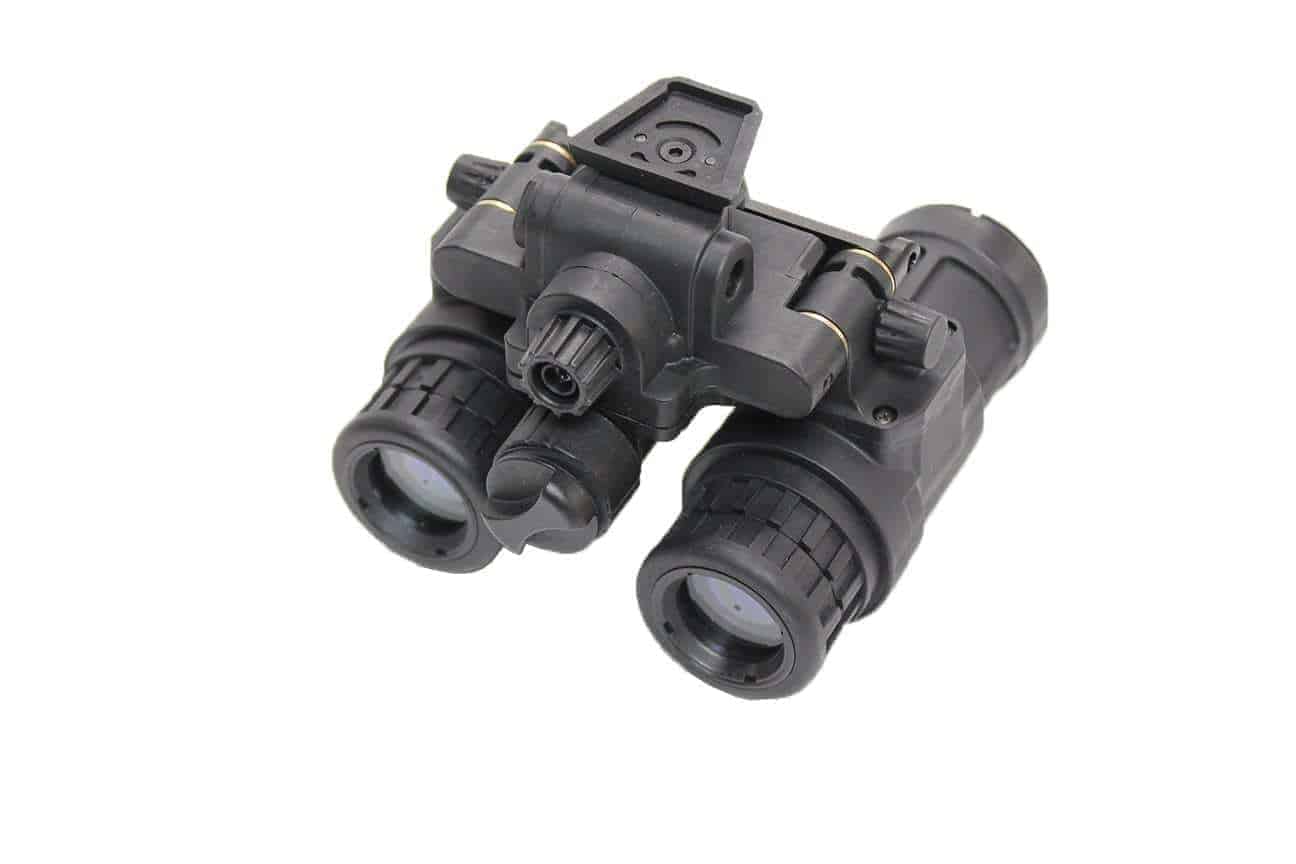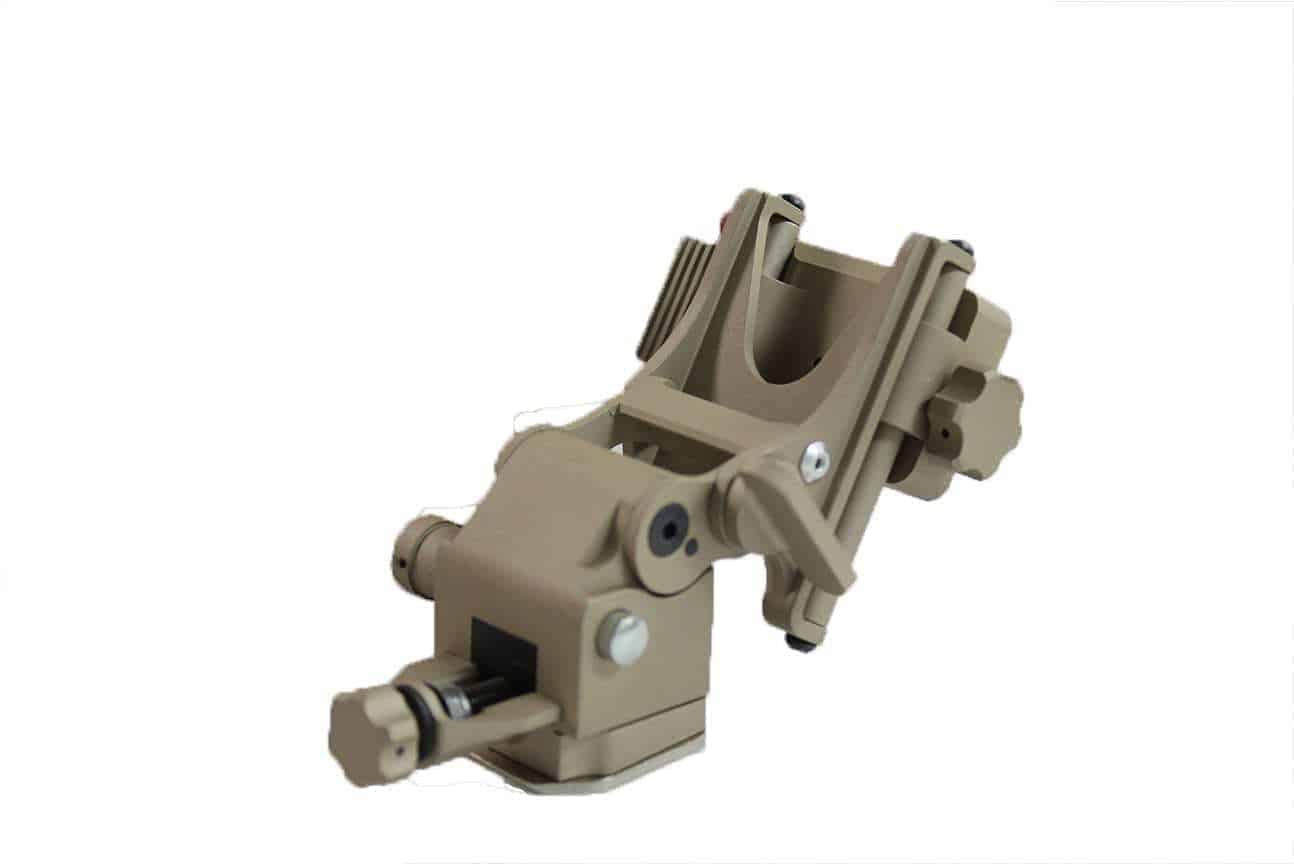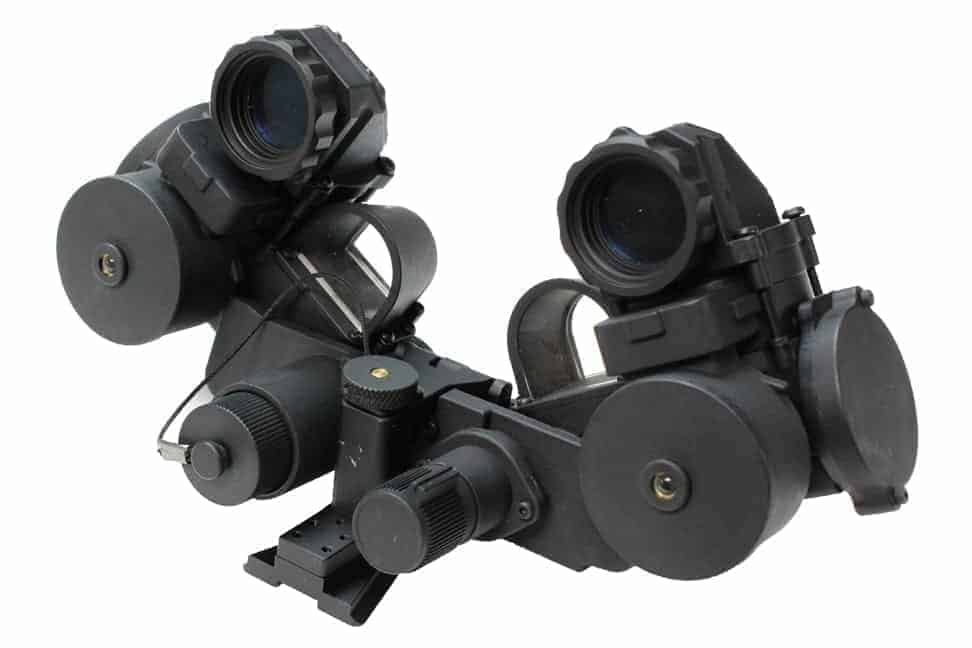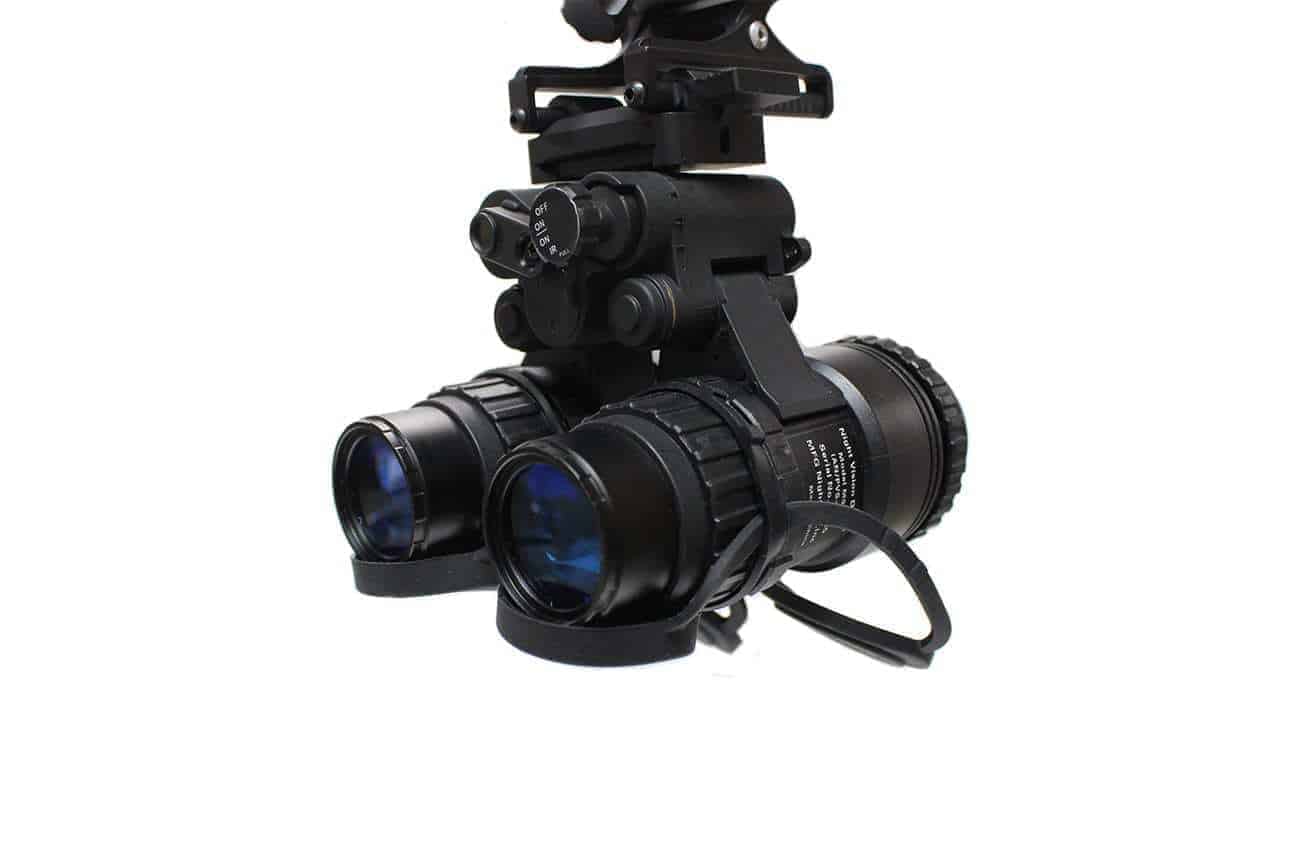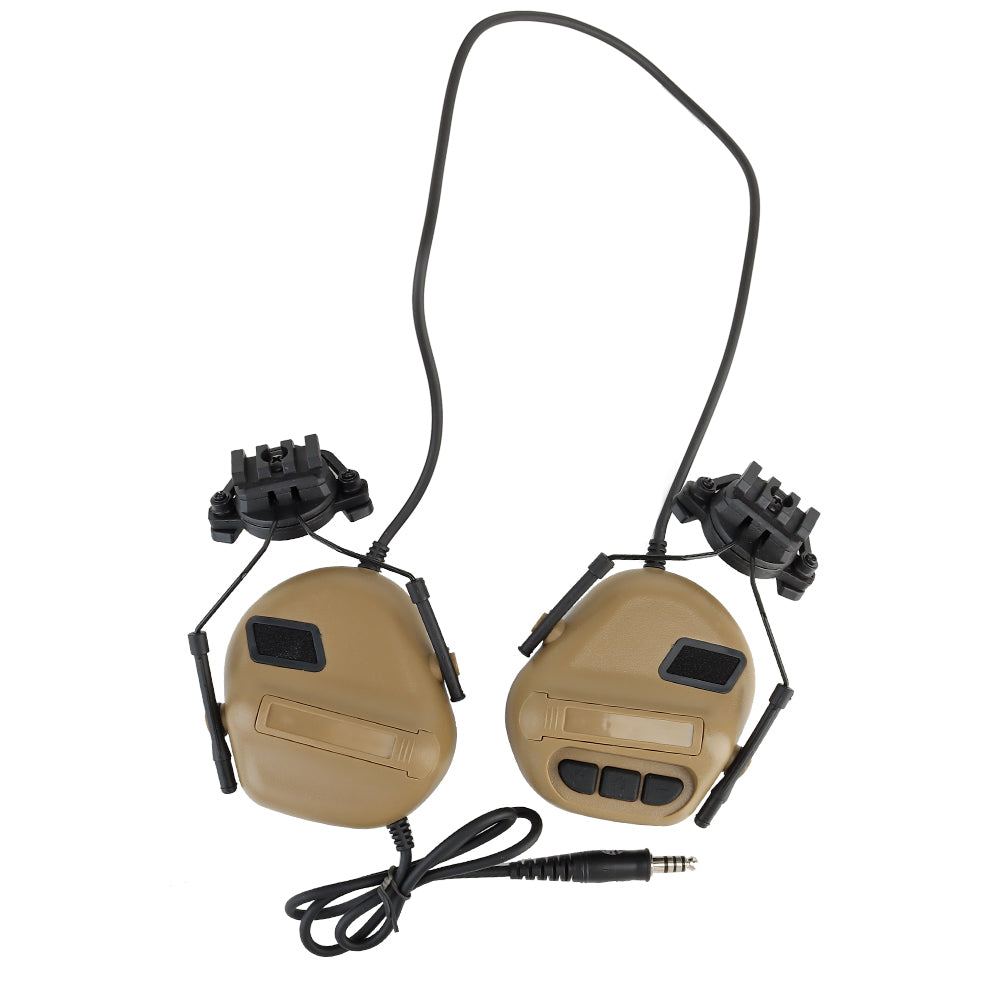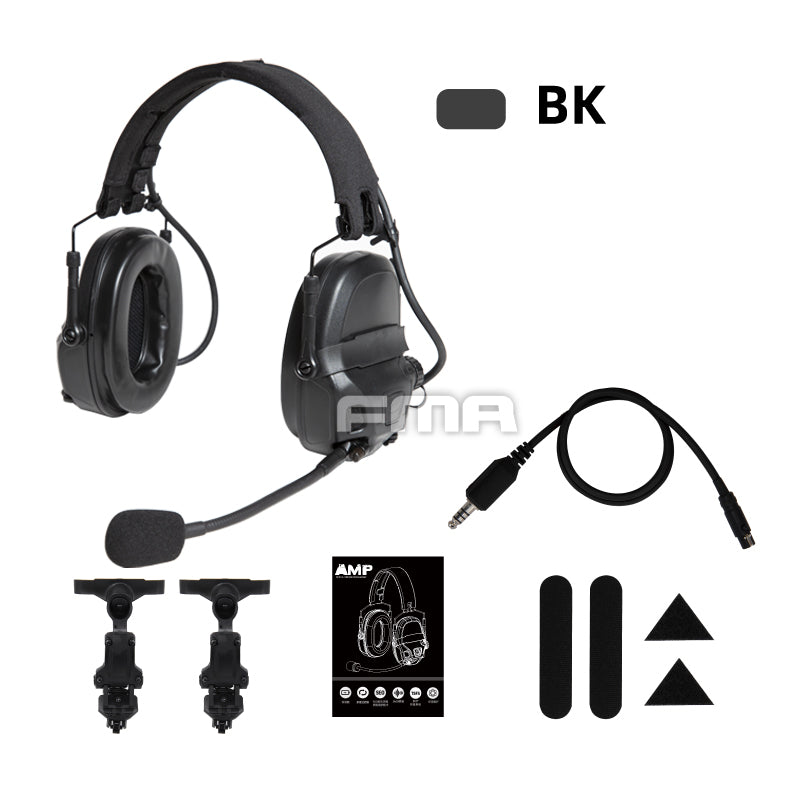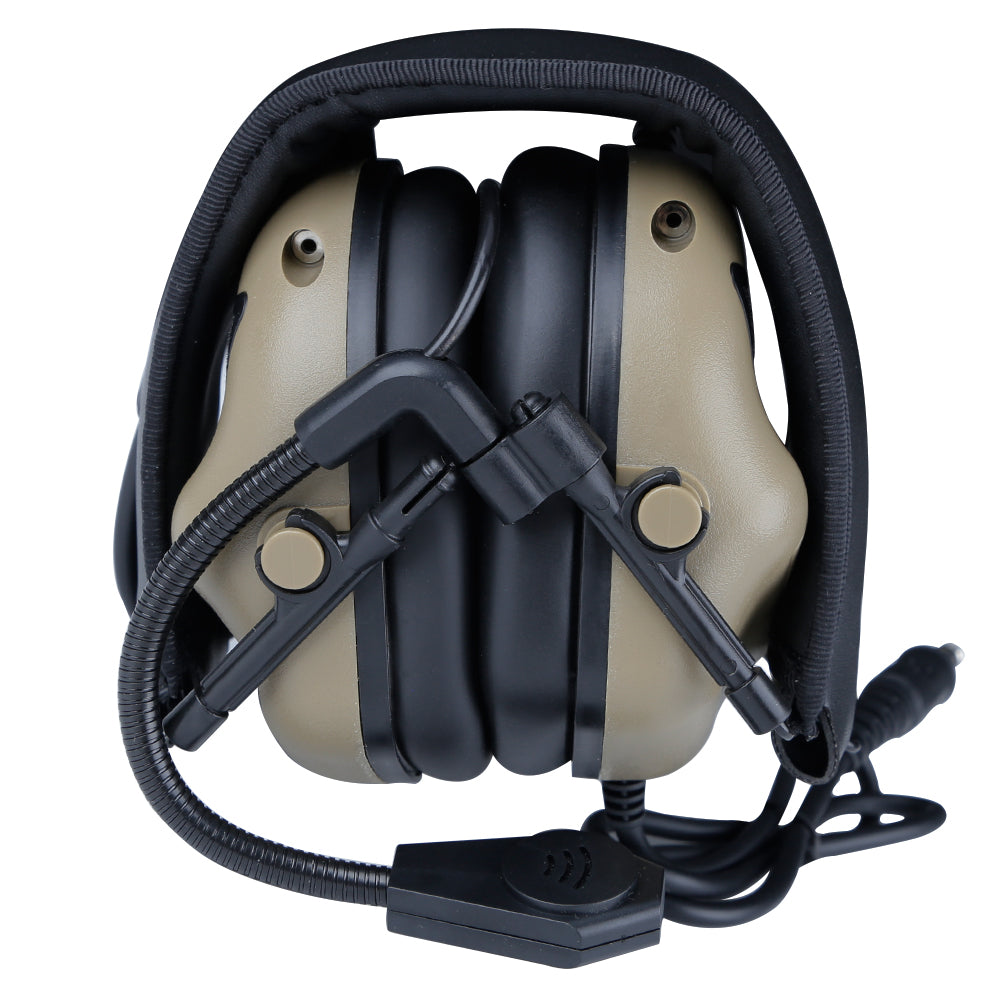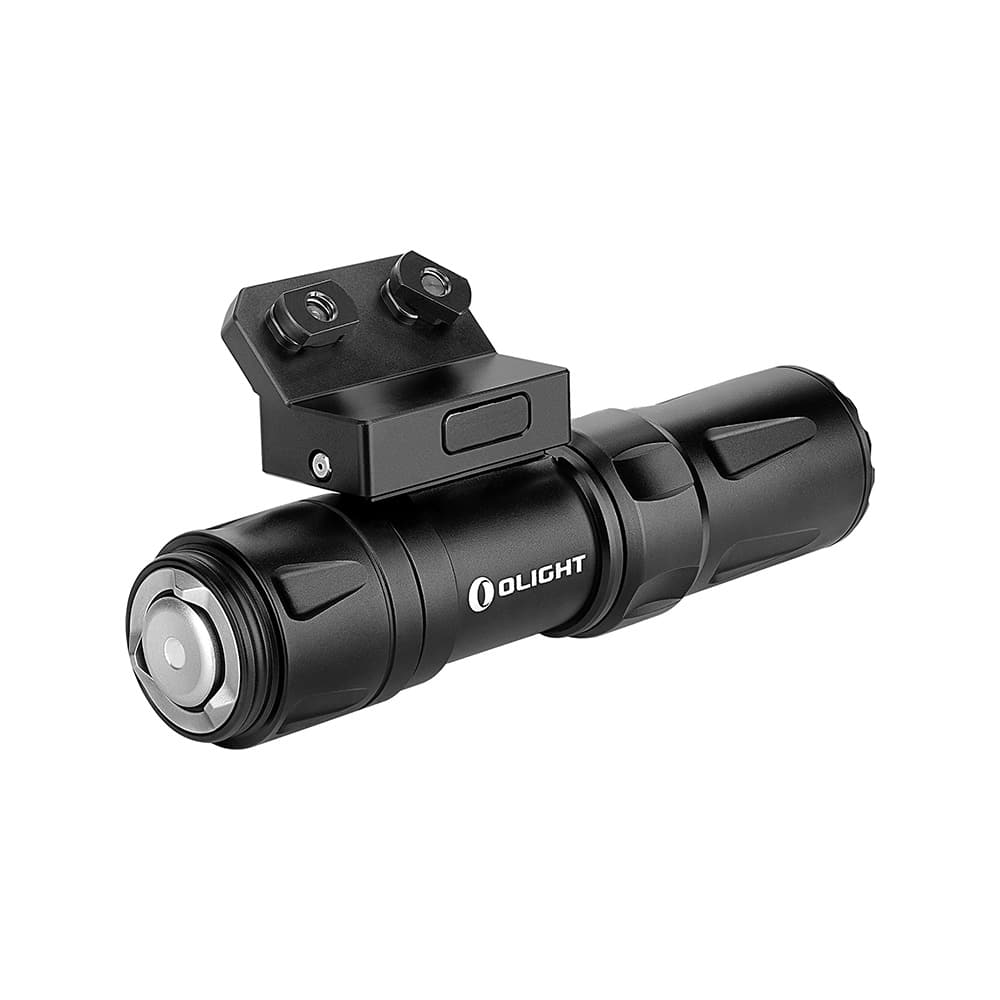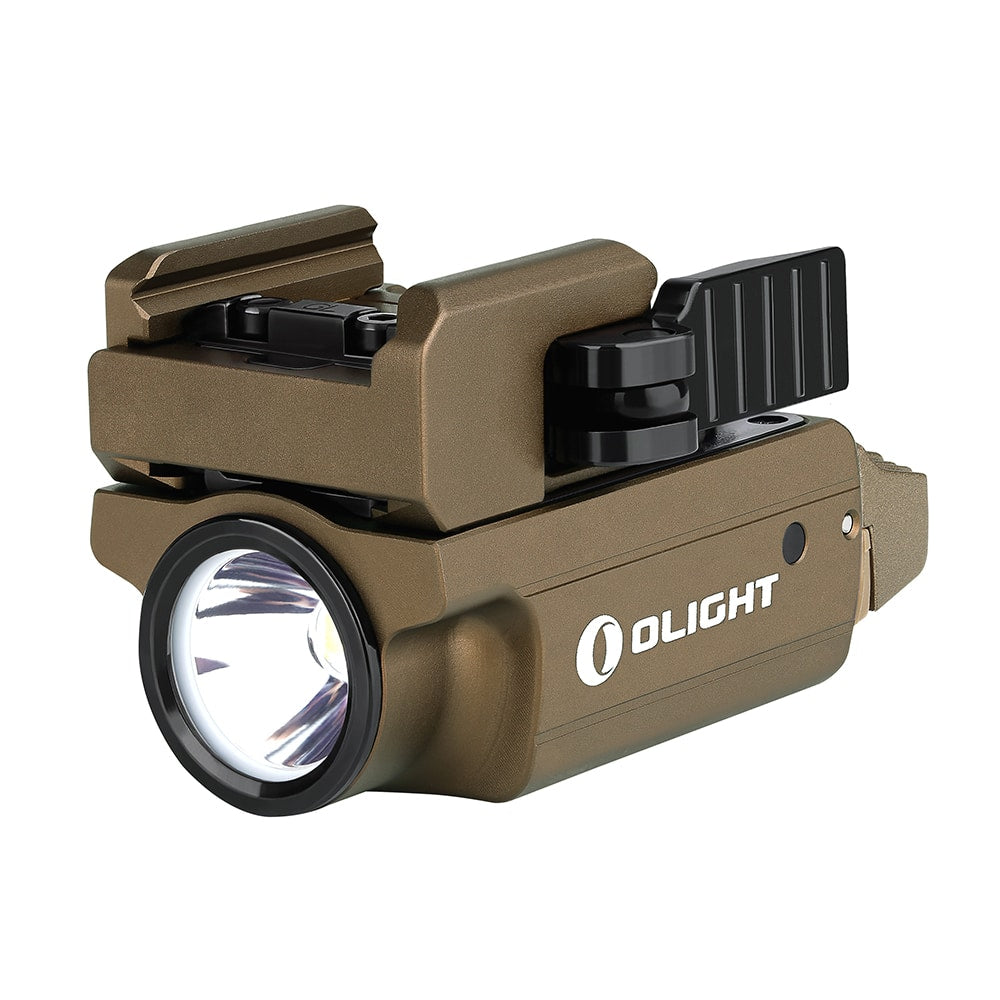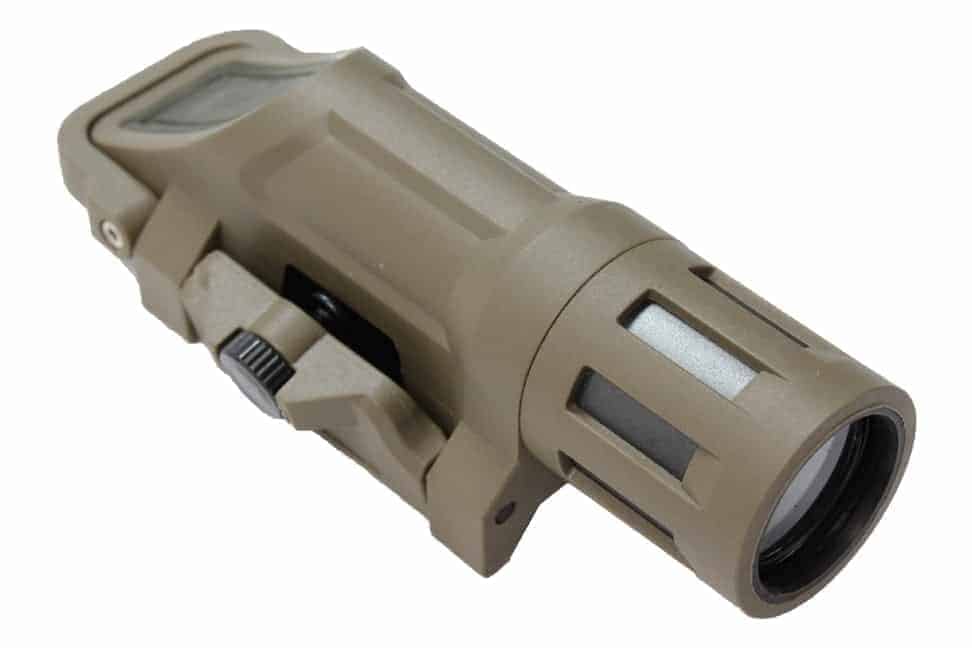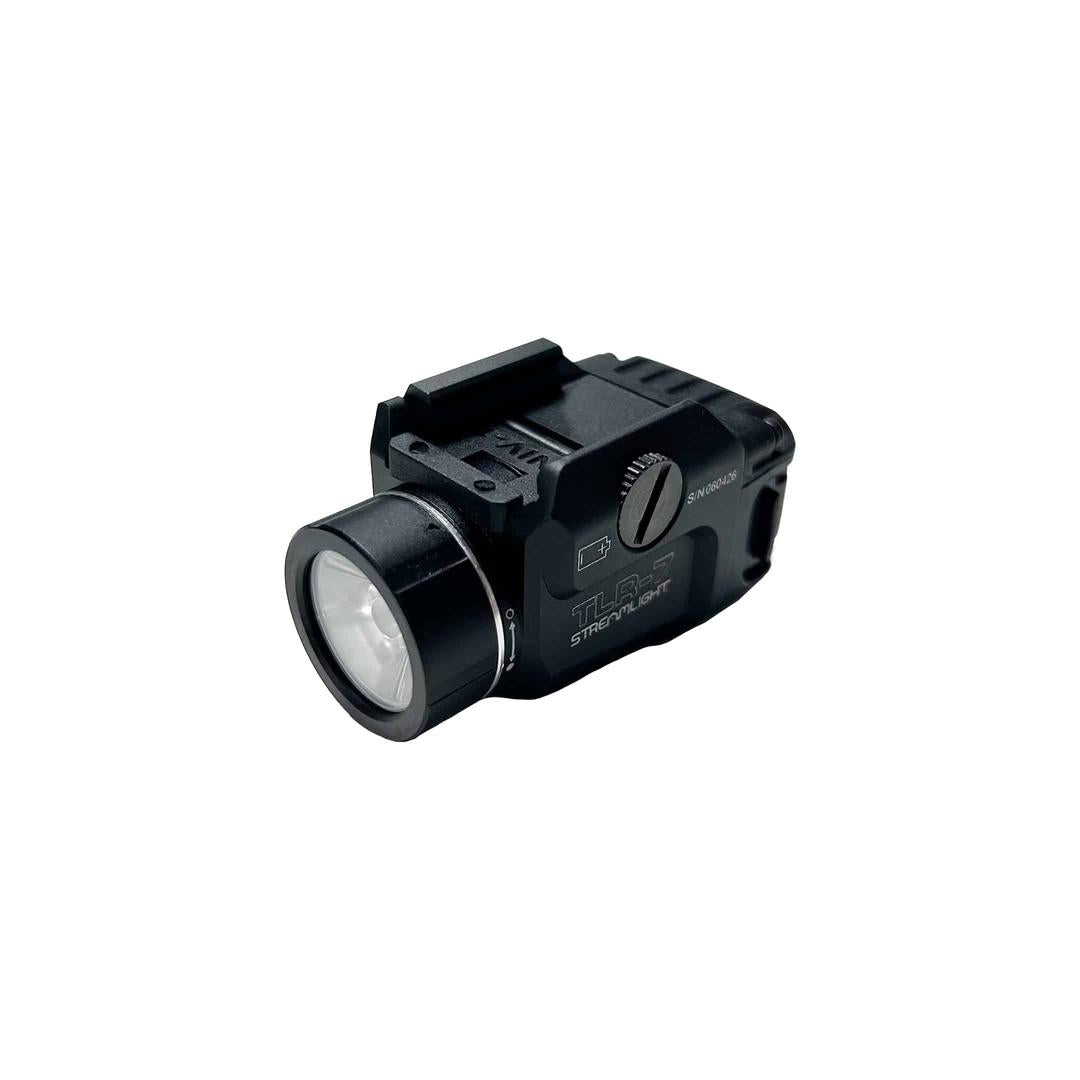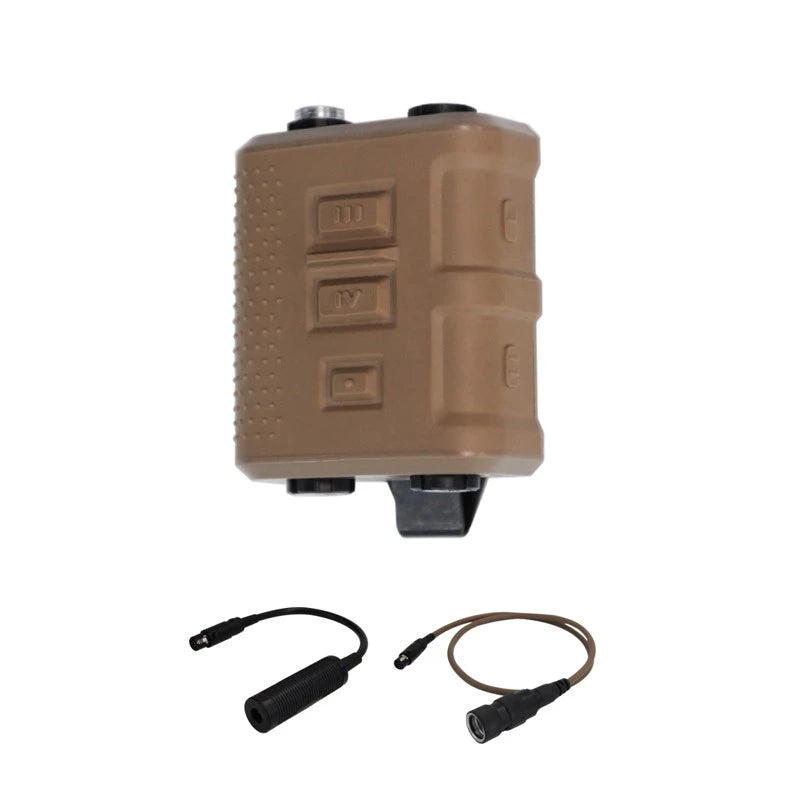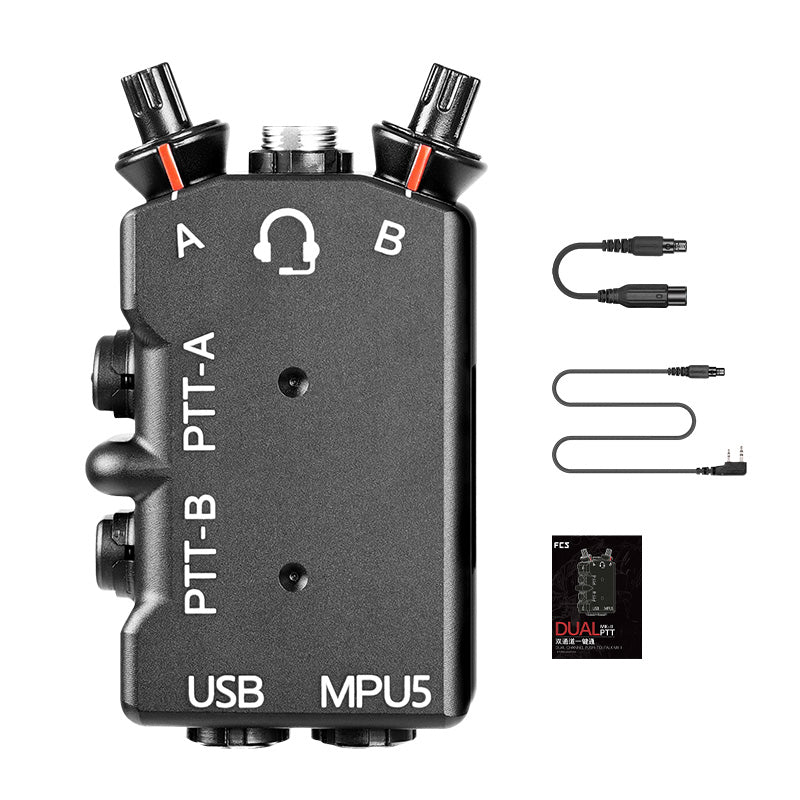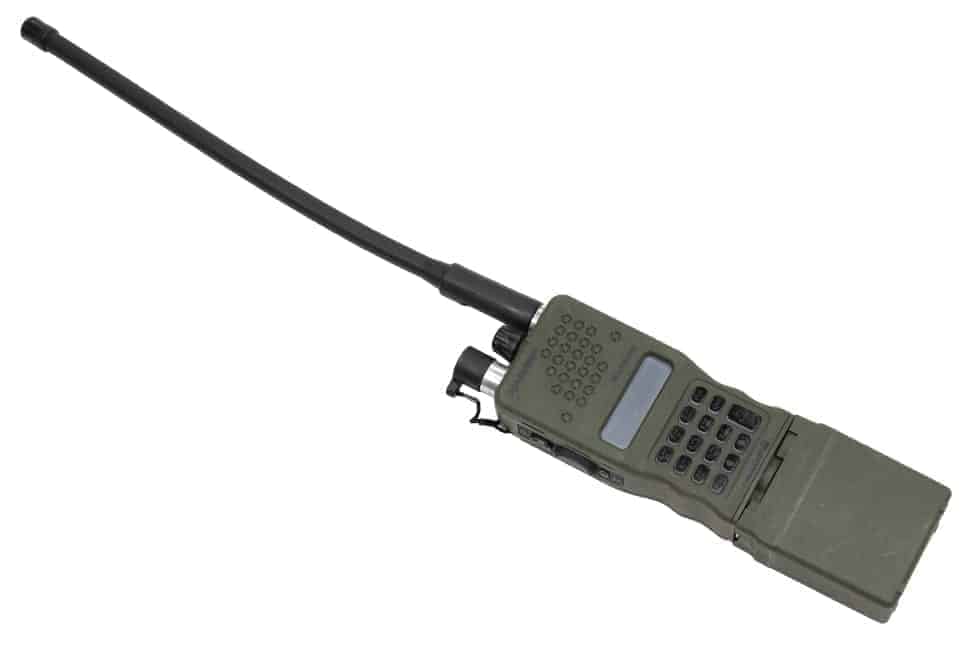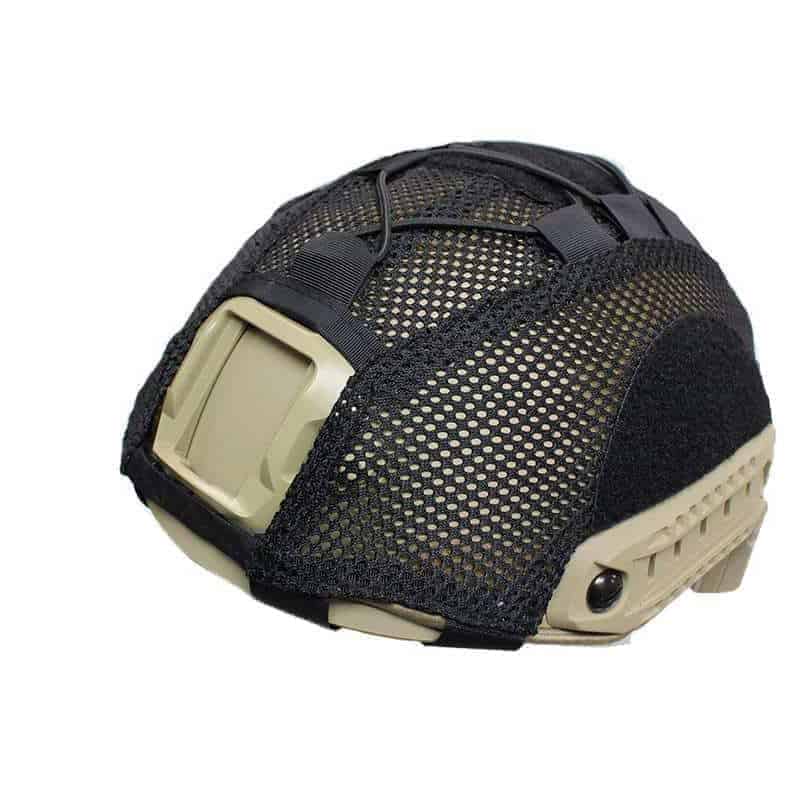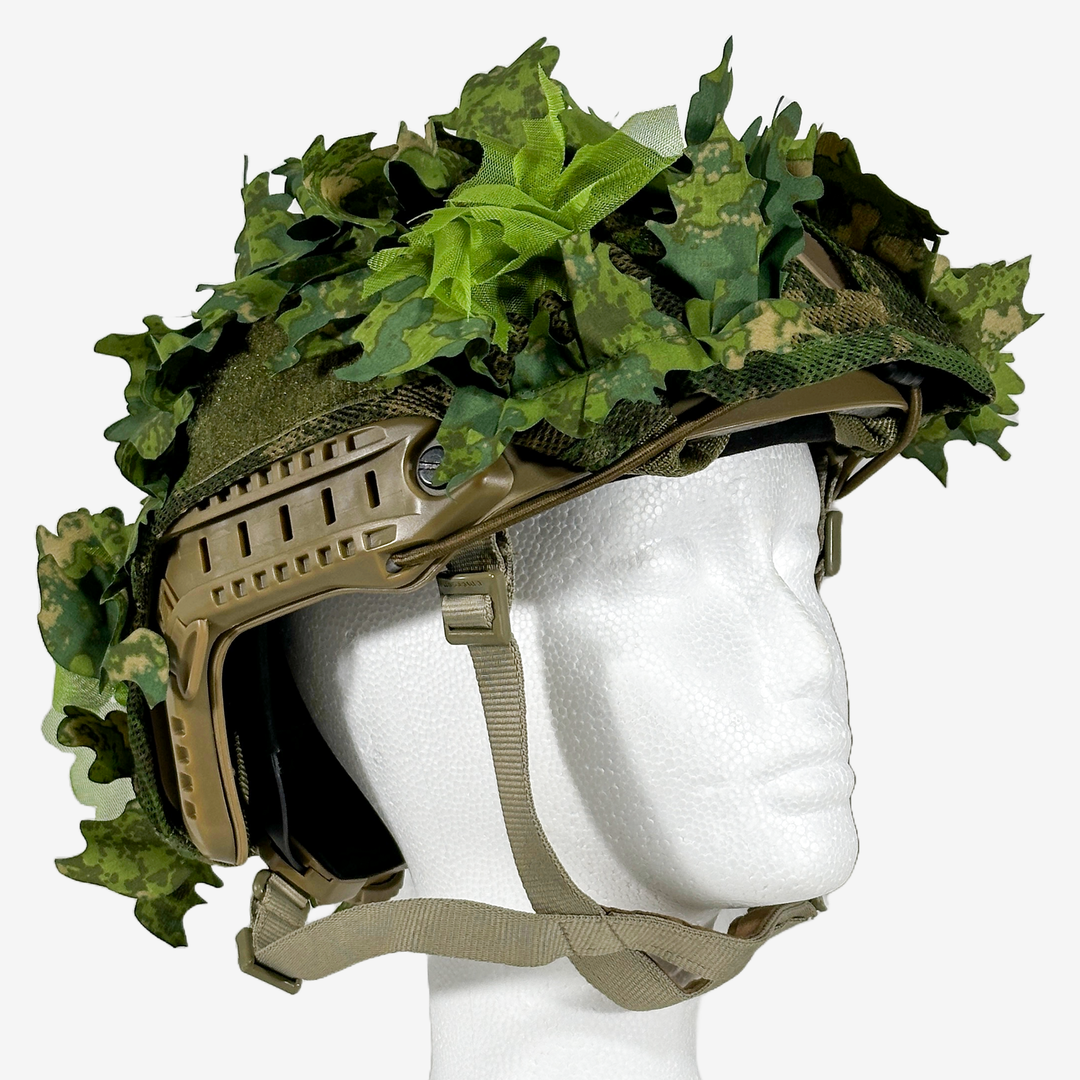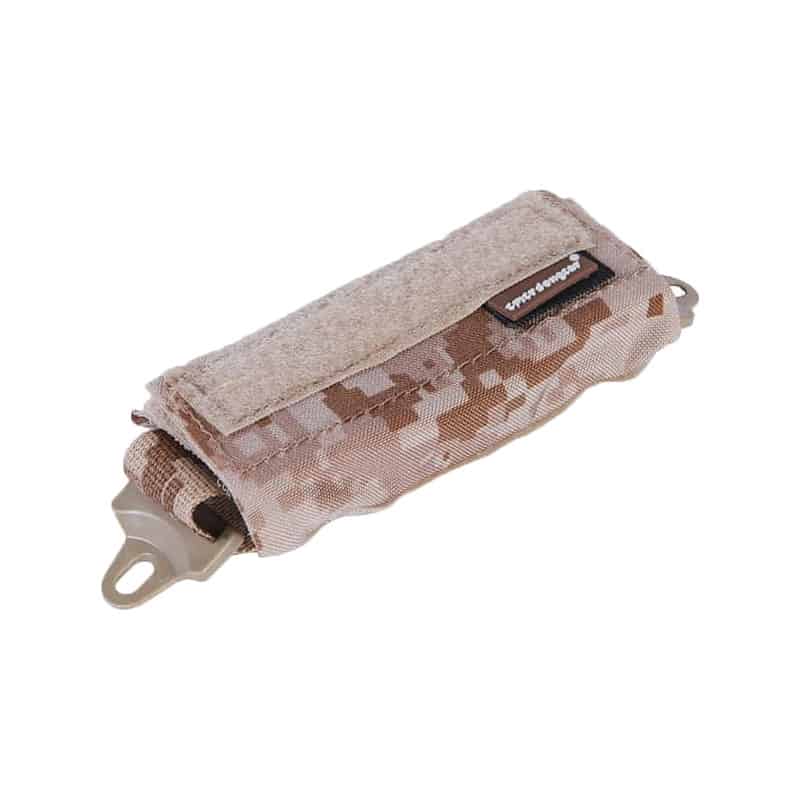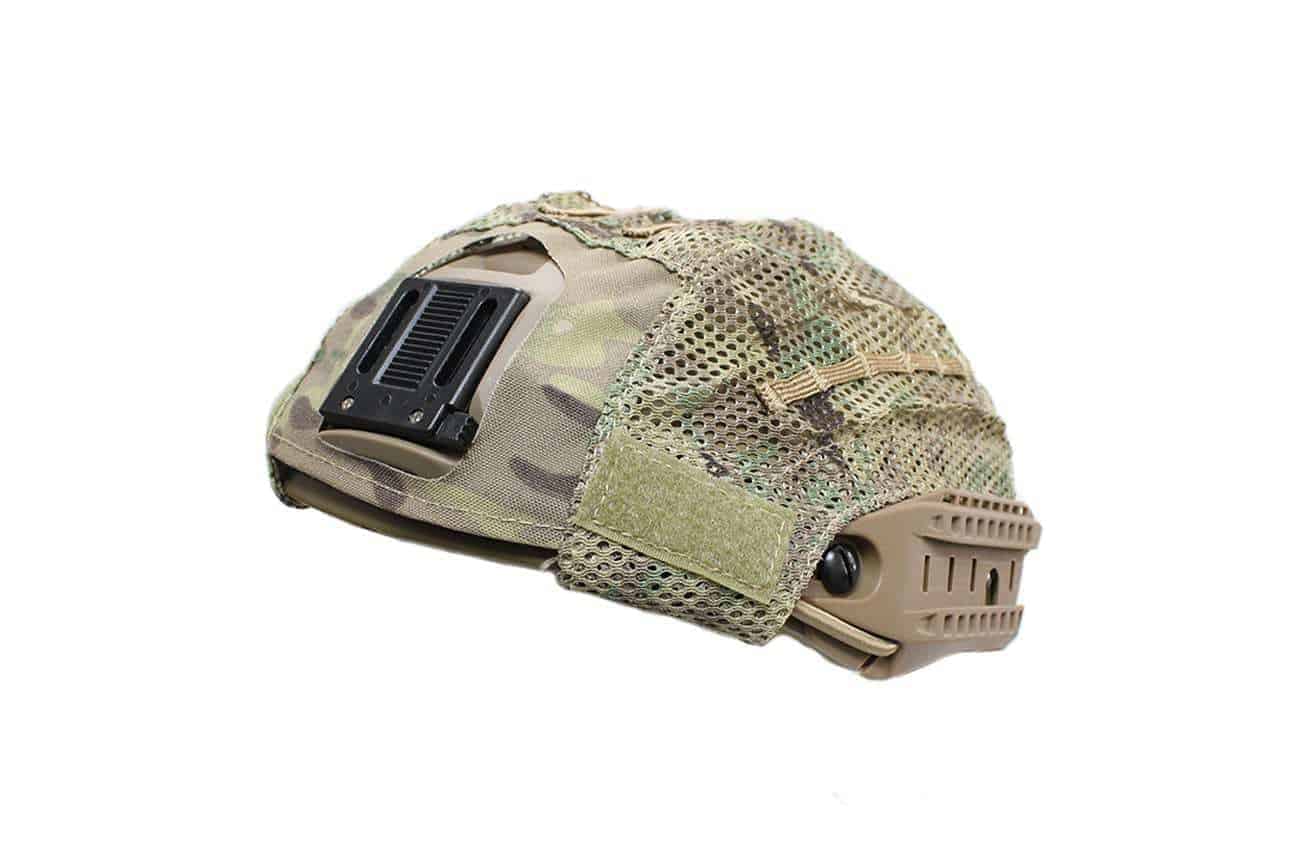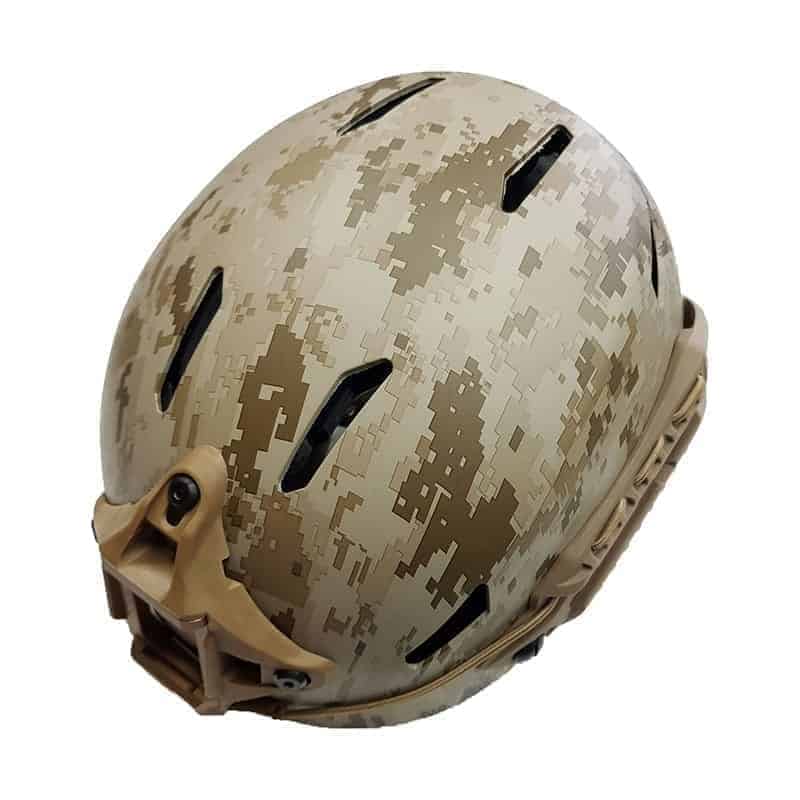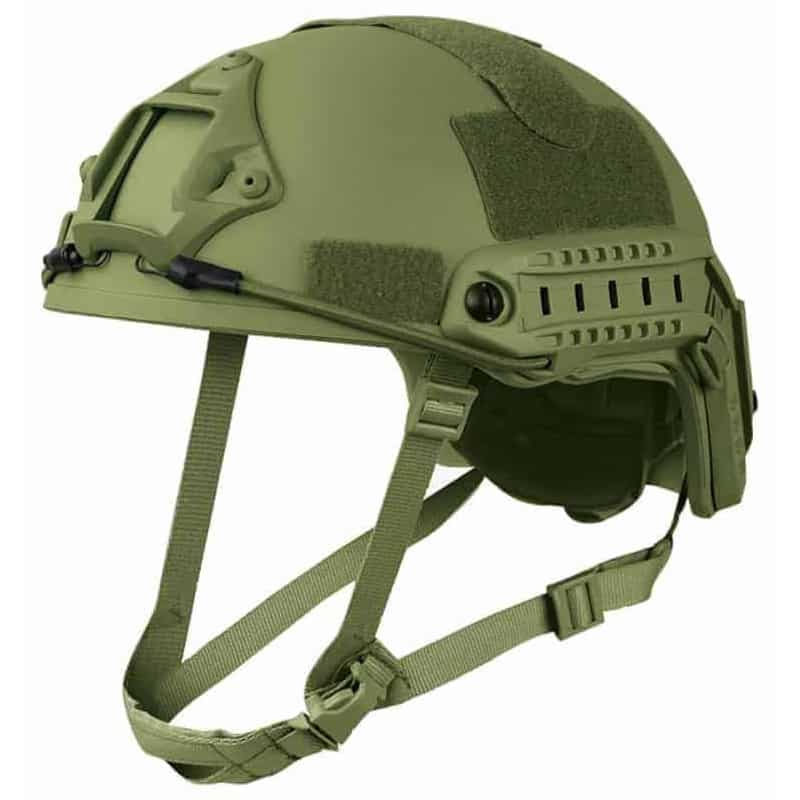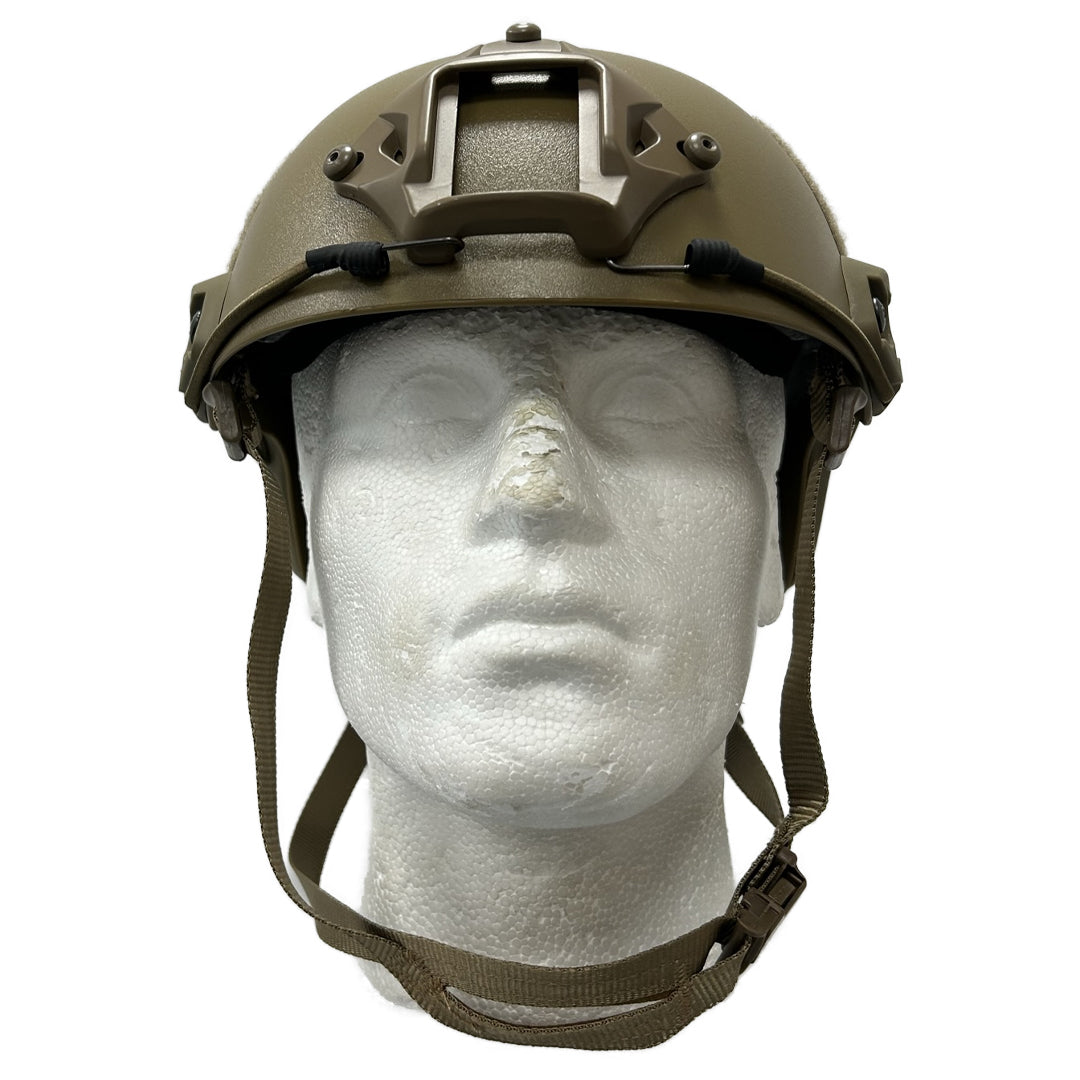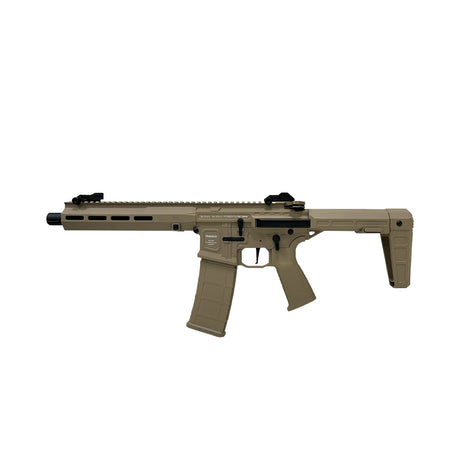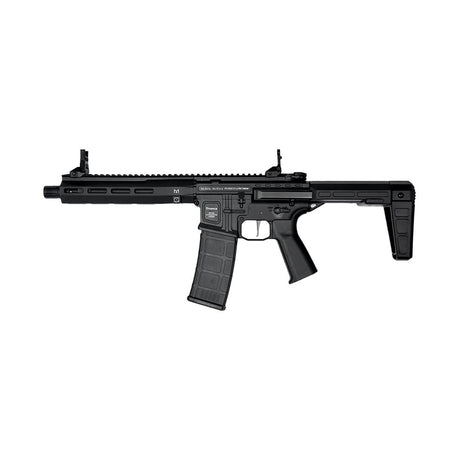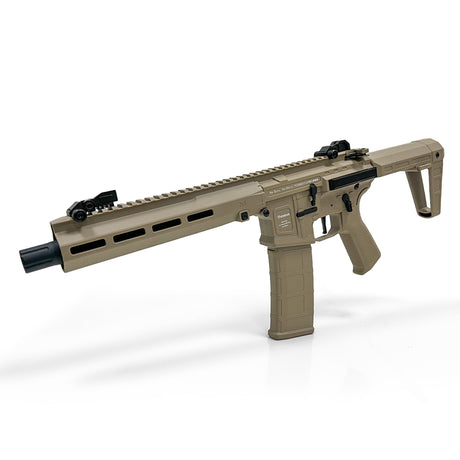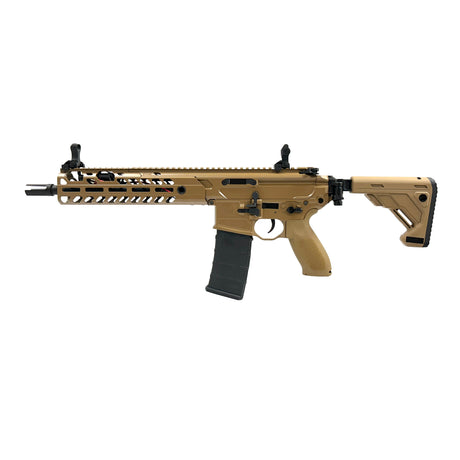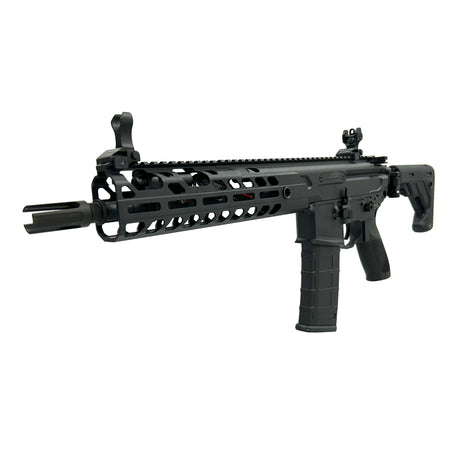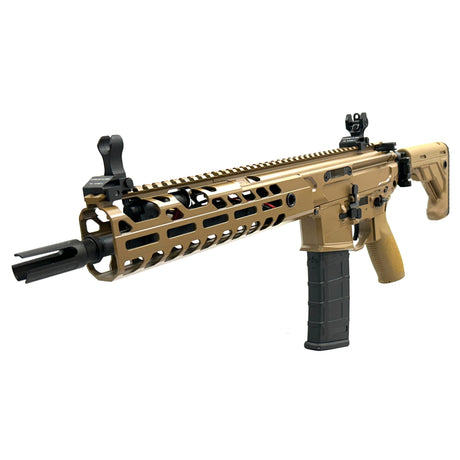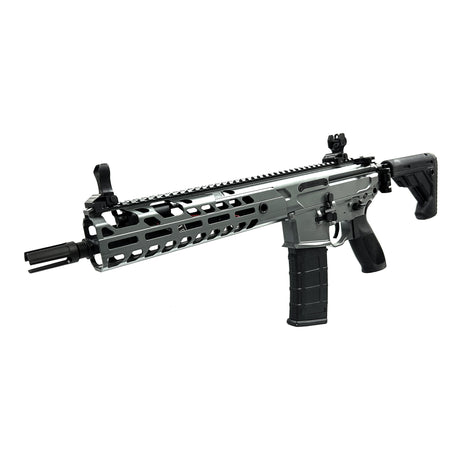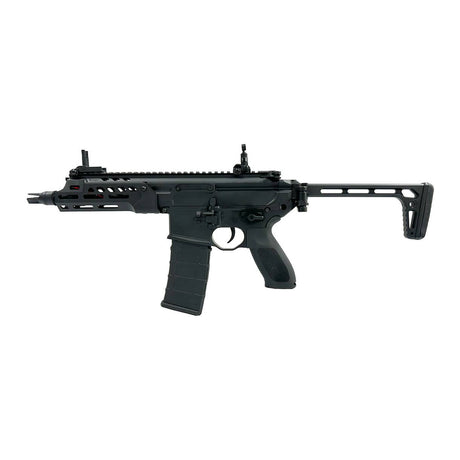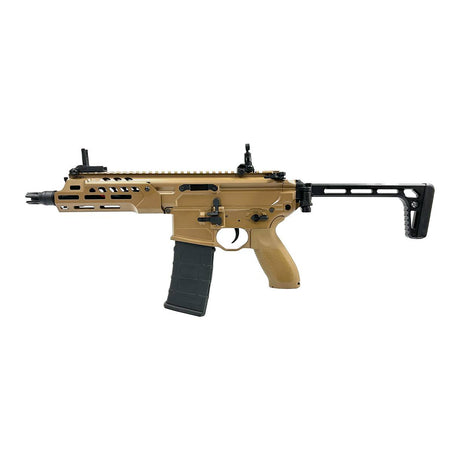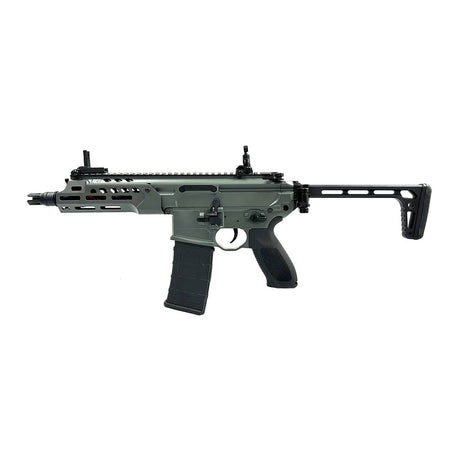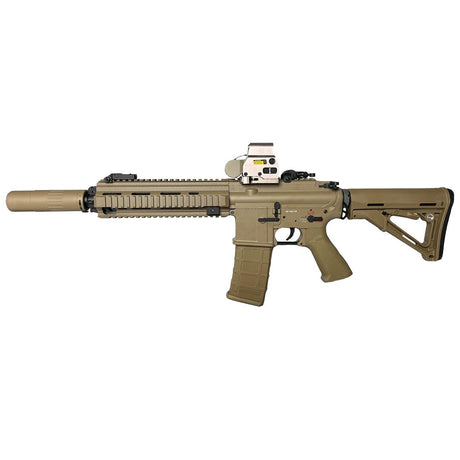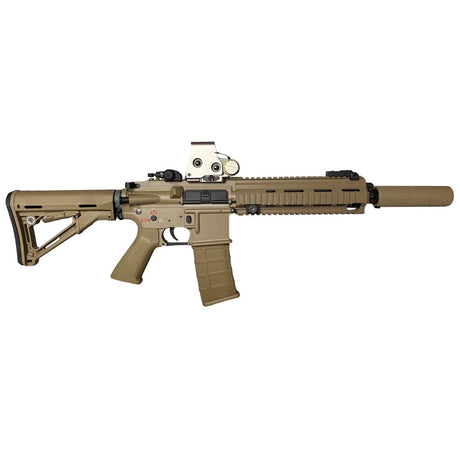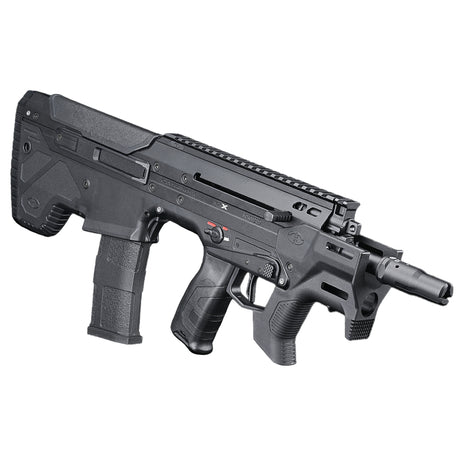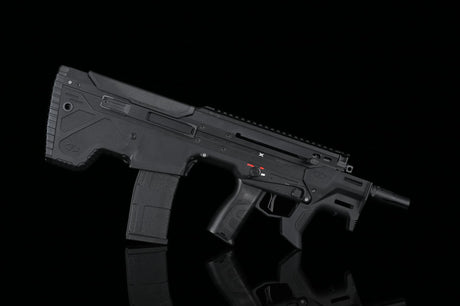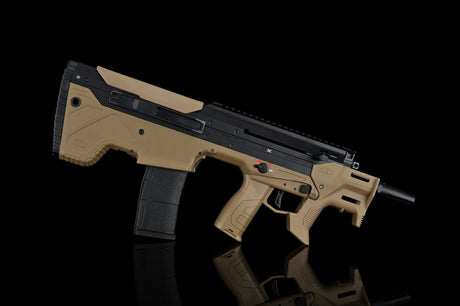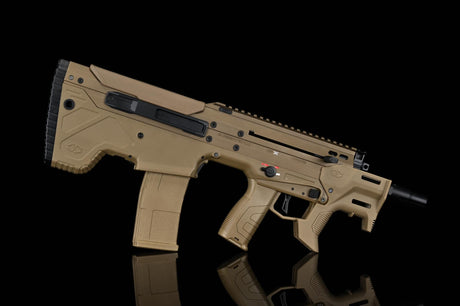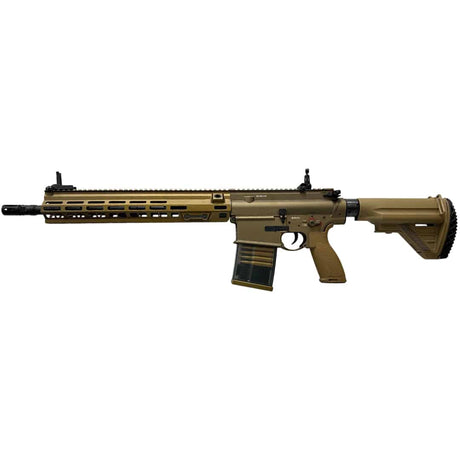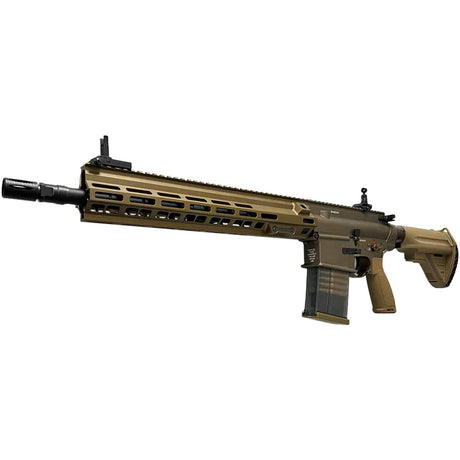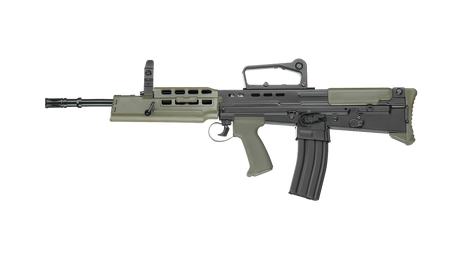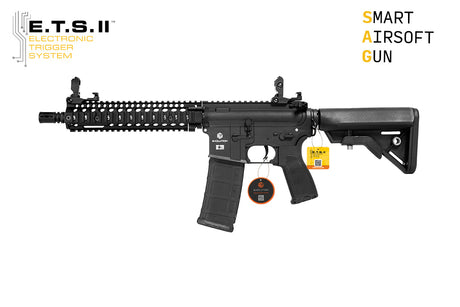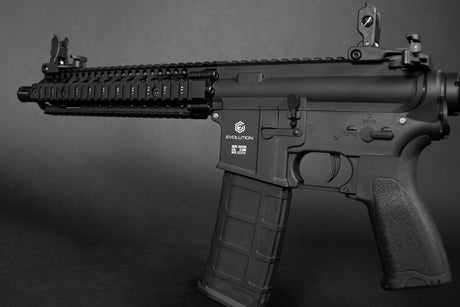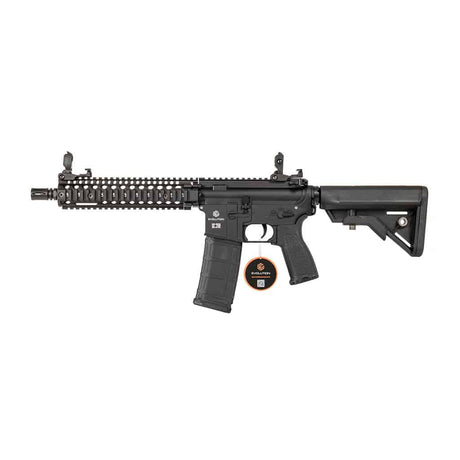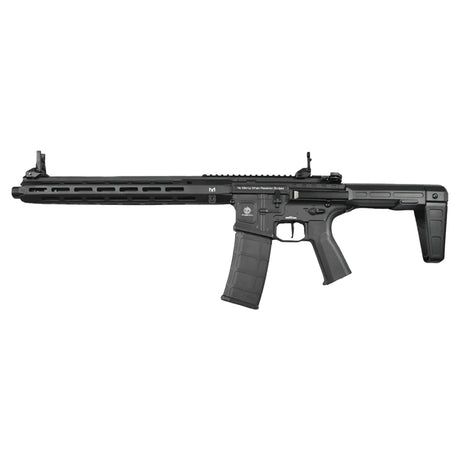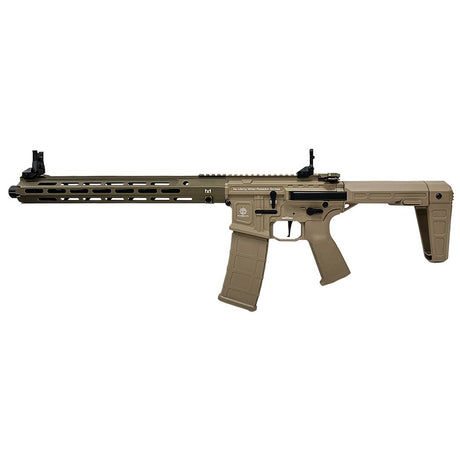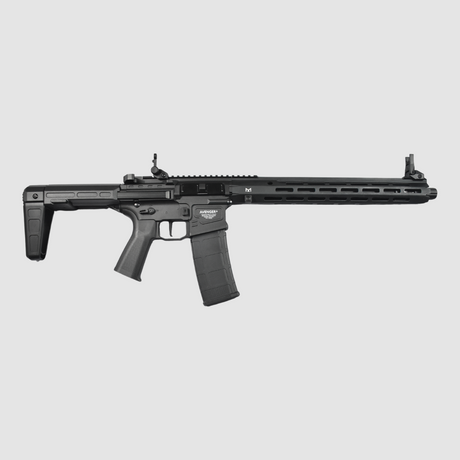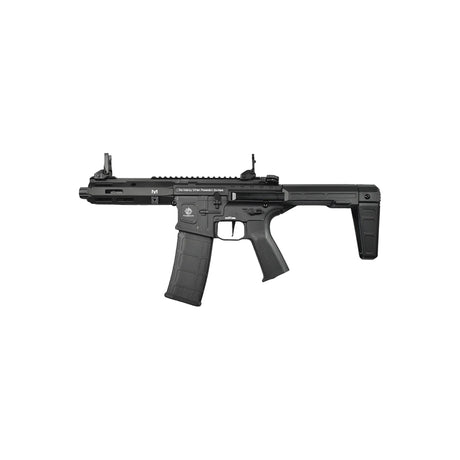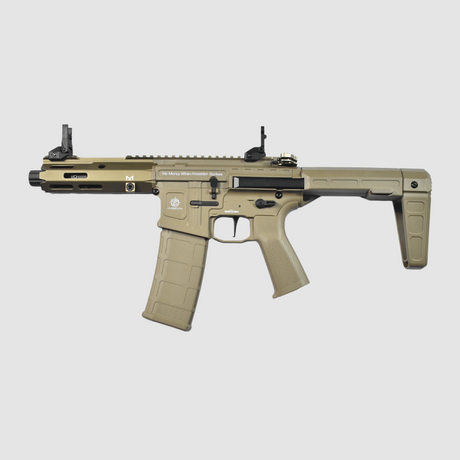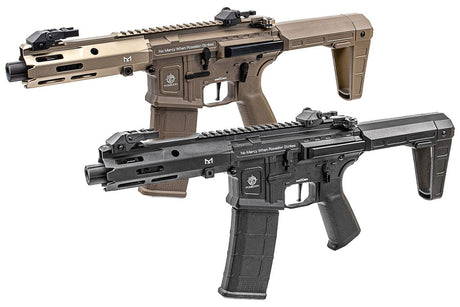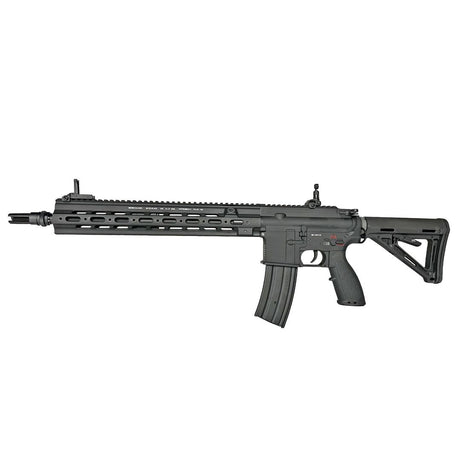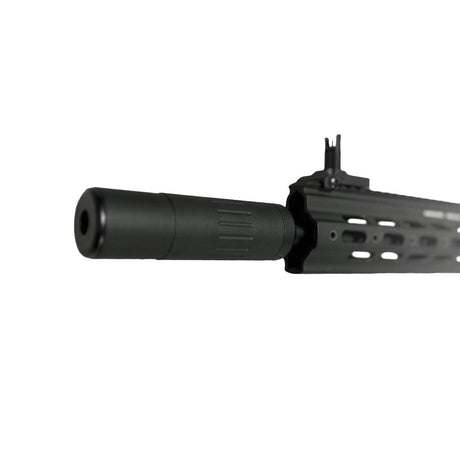Head protection is a key component of any airsoft loadout, and the classic bump helmet is always a popular choice. But what are all the bells and whistles it comes with, and what can you attach to it? Wonder no more with our helpful bump helmet guide!
Whether you're new to airsoft protective equipment or you just want to get the most out of your gear, we've got everything you need to know about what you can attach to your helmet to get the most out of it in any conditions on the field.
Quick Summary: Bump Helmet Guide
- What they are: Lightweight helmets designed for protection against bumps, scrapes, and debris – not ballistic threats.
- Why they matter: Popular in airsoft and outdoor activities, they offer comfort, ventilation, and plenty of mounting options for accessories.
- Key features: High-cut or mid-cut shells, secure fit systems, and rails, shrouds, and Velcro panels for custom setups.
- Accessory options: Night vision, lights, comms gear, helmet covers, and cameras can all be added to suit your playstyle.
- Choosing one: Focus on fit, durability, reputable brands, and compatibility with the attachments you’ll need.
Browse All Airsoft Helmets & Headwear
What is a Bump Helmet?
A bump helmet is a lightweight protective headgear designed to shield the wearer from minor impacts, abrasions, or debris.
Commonly used in airsoft, paintball, or other outdoor activities, it offers basic protection without the heavy weight of ballistic helmets.
Materials
Bump helmets are typically constructed from materials such as carbon fibre, high-density polyethylene (HDPE), and other advanced polymers.
These materials are specifically chosen for their combination of lightweight properties, durability, and ability to absorb and distribute impact forces effectively.
- Carbon fibre offers exceptional strength-to-weight ratios, making it ideal for users who require robust protection without unnecessary weight.
- HDPE and various polymers are also commonly used due to their impact resilience, ensuring the helmet can withstand multiple minor impacts during use without compromising the integrity of the material.
Typical Applications
Bump helmets are popular in airsoft. Players face head impacts from low-velocity projectiles, falls, or rough terrain.
For instance, in urban airsoft games, players might hit obstacles like walls or low ceilings. In forest games, helmets protect against branches or falls.
These helmets also allow tactical accessories like cameras or lights. This makes them useful for tactical play or recording, making them essential for serious airsoft players.
What Protection Level is a Bump Helmet?
Just remember, bump helmets aren't for stopping real bullets or super-fast projectiles. They're more about keeping your head safe from everyday bumps, scrapes, and minor impacts.
Basically, they're suitable for any activity where you might encounter low-hanging branches, a stumble, or some flying debris.
Anatomy of a Modern Bump Helmet

Most people know what a bump helmet is. What remains a mystery to many is what actually makes up a bump helmet, from its shape to the various attachment points.
The Shell:
Bump helmets come in a variety of shapes and designs, each tailored to different needs and preferences.
The most common designs include high-cut, mid-cut, and full-cut helmets. The shape of the helmet primarily determines the level of coverage provided and the functionality it offers.
The high-cut design is particularly popular due to its versatility and user-friendly features. Unlike mid-cut and full-cut helmets, the high-cut leaves the area around the ears open, enabling better situational awareness and improved hearing.
This design is especially advantageous for activities that require clear communication, as it allows seamless compatibility with headsets and communication devices.
Suspension and Retention System:
The suspension and retention system on bump helmets is critical for ensuring a secure and comfortable fit while providing optimal protection. Below are the key components:
The Dial/Ratchet System
The dial, or ratchet, system at the back of the helmet lets you fine-tune the fit. A simple turn tightens or loosens it, keeping the helmet secure during activity. This ensures a custom fit for various head sizes and prevents unwanted movement.
The Straps
Helmet straps keep the helmet stable and preventit from slipping. They usually have a chin strap and side adjustments to keep the helmet secure in any situation. Good straps are made from strong, lightweight materials to ensure both durability and comfort.
Pads
The helmet's pads make it comfortable and help absorb impact. They're usually made from soft, impact-resistant materials that fit the shape of your head.
These pads can often be removed and washed, which helps keep them clean without losing their function. Some helmets even let you replace or rearrange the pads to better suit your preferences or specific needs.
The Attachment Points: A Deeper Dive:
Of course, one of the most important benefits of a bump helmet is all the different attachment points it has to help you customise your head protection to be a core part of your loadout.
ARC/M-LOK Rails (Accessory Rail Connectors):
The ARC/M-LOK rails are located on both sides of the helmet, extending from above the ears to the back.
These rails provide a standard platform for attaching various accessories, offering flexibility for different situations. They can securely hold tactical gear such as lights, night vision cameras, or communication systems, allowing the user to keep their hands free.
This modular design lets users customise their helmets to meet specific needs, whether for tactical operations, search and rescue missions, or other challenging tasks.
Velcro/Loop Panels:
Velcro, or loop, panels are placed all over the helmet—front, sides, top, and back. Each placement has a specific use.
- The front panel is for attaching IFF (Identify Friend or Foe) markers, which help with identification during operations.
- Side and top panels are perfect for morale patches, unit insignias, or other functional patches, allowing for a custom or mission-specific setup.
- The back panel is often used for larger, critical patches like medical or role identification markers.
These hook-backed accessories are both practical and customisable, making them useful for organisation and utility.
NVG Mount/Shroud (Night Vision Goggle):
A helmet's central front mount, like those from Wilcox or Norotos, is key for attaching night vision devices (NVDs) and other front gear.
These mounts offer a stable way to hold NVDs during use. Many also have quick-release features, so you can attach or remove devices fast. This is crucial when you need to adjust or change equipment quickly.
Their strong build ensures they last and work well, even in tough situations.
Bungee Cords:
Bungee cords are crucial for securing equipment to a helmet, especially for Night Vision Goggle (NVG) retention. These elastic cords attach to the helmet and connect to the NVG mount or the device itself.
This keeps NVGs firmly in place, reducing movement and vibration, which is important in active situations. Bungee cords also prevent the loss of expensive NVGs if they come loose from the mount.
Their adjustable and tough design makes them a reliable way to keep essential gear stable and secure.
Ventilation Holes:
Ventilation holes help control the temperature inside the helmet and stop heat from building up. They allow air to flow through, keeping the wearer cool and comfortable, even during intense activity or in warm conditions.
This ventilation system lowers the risk of overheating, helping the user stay focused and effective. It also makes the helmet more comfortable by reducing sweat and improving breathability.
Essential Accessories to Complete Your Loadout
Of course, we all know the best thing about a bump helmet is the accessories you can attach to it to round out your loadout and give you an advantage over the opposition!
Night Vision & Optics:
To attach and adjust Night Vision Goggles (NVG) to your helmet, you need a good mount and arm.
- The mount secures the NVG to the helmet, keeping it stable as you move.
- The arm lets you position and adjust the NVG precisely.
This is important for maintaining the right field of view and switching between NVG and regular vision when necessary.
A reliable mounting system ensures your NVG works when you need it, improving performance in low-light or nighttime situations.
Helicopter-Style Headsets
Helicopter-style headsets are frequently used with high-cut helmets due to the additional space for over-ear headphones.
They're also equipped with communication capabilities, often featuring Push-to-Talk (PTT) systems that allow for clear and reliable communication within a team while keeping hands free for other tasks.
This is particularly valuable in high-stakes situations where coordination and efficiency are critical.
Lighting Options:
Helmet lighting offers many options for operational needs. These lights are small, light, and flexible, perfect for tactical situations.
You can find options for white light for general use and IR (infrared) for low light or night operations, improving awareness discreetly.
Mounting these lights on ARC rails makes them very flexible and easy to use. Some helmet lights have special mounts that clip onto rails, while others use universal adapters for different setups.
This modular system allows you to customise your gear for best use in any situation.
Find Practical Gun Torches & Illumination
Communication Aids:
PTT systems serve as a vital link between a headset and a radio, ensuring seamless communication in demanding environments.
These systems allow users to transmit messages by simply pressing a button, which activates the microphone and sends audio through the connected radio.
External antennas can be attached to the radio to enhance the range and clarity of signals. These antennas improve reception, especially in areas with weak signal strength or challenging terrain, ensuring that communication remains clear and uninterrupted during operations.
Helmet Covers & Counterweights:
Helmet covers provide practical benefits for users in challenging environments. They offer camouflage by breaking up the helmet’s shape and helping it blend into the surroundings, which is especially important in tactical or outdoor operations.
They also protect the helmet’s surface from scratches, wear, and environmental damage, helping it last longer.
Counterweights, attached to the back of the helmet, are essential for balancing front-heavy gear like night vision goggles (NVGs). Without them, the forward pull of NVGs can cause discomfort and neck strain during long use.
They ensure the helmet stays secure and comfortable, even during intense movements or extended MilSims.
Other Attachments:
Strobe lights, like the FMA MS2000, are essential for marking locations in low visibility or at night. They're often used in tactical operations to signal positions, coordinate movements, or show where someone needs help.
Their bright flashes cut through darkness and bad weather, making them visible from far away.
Action cameras, such as GoPro or Contour, are popular helmet attachments. They're great for both training and recording. These cameras let users record live experiences, and the footage can be reviewed later to improve skills and strategies.
For MilSims or outdoor adventures, action cameras capture immersive views that help with learning or storytelling. They're light, tough, and record high-quality video, making them a valuable part of modern helmet setups.
Shop Action Camera Accessories
How to Choose the Right Bump Helmet
When choosing a bump helmet, there are a few things to focus on to ensure safety and practicality.
- First, make sure it fits correctly. It should be snug but comfortable, and not move around when you do. Adjustable straps and padding help achieve this.
- Next, consider the material. Good bump helmets use lightweight polymers that protect well and are comfortable for long wear.
- Your budget is also important.Cheaper options exist, but don't sacrifice safety or quality. Aim for a good balance of price and reliability.
- Also, think about brand reputation. Established brands usually make durable, reliable products that meet high standards.
- Lastly, pick a helmet with standard attachment points (like rails and shrouds) for accessories. This makes it versatile and ensures it can adapt as your needs change.
By keeping these points in mind, you can find the best bump helmet for you.
Shop Quality Tactical Helmets Online At Socom Tactical
At Socom Tactical, we stock a wide range of bump helmets from reputable airsoft manufacturers, ensuring you have access to reliable, high-quality options for your tactical helmet needs.
Our selection includes helmets designed for durability, comfort, and adaptability, catering to both beginners and seasoned players.
Shop our bump helmets online today to take advantage of same-day dispatch, or visit us in our Fleet store to find your perfect size and ensure the best fit for your gear!



